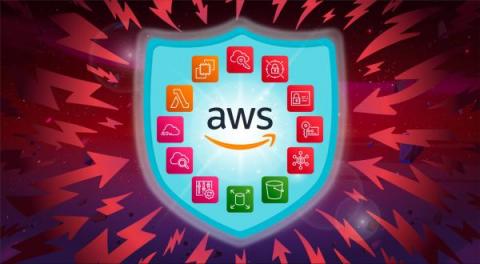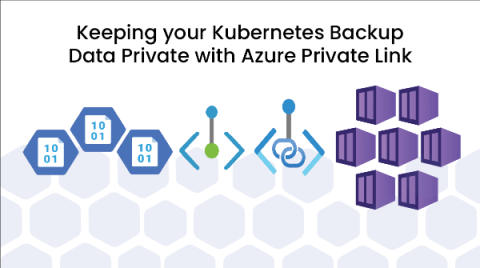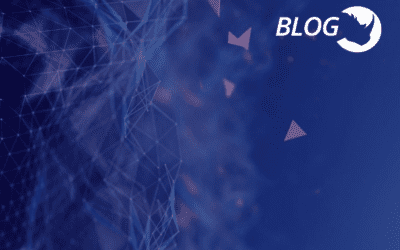Everything You Need to Know About CI/CD and Security
CI/CD is a recommended technique for DevOps teams and a best practice in agile methodology. CI/CD is a method for consistently delivering apps to clients by automating the app development phases. Continuous integration, continuous delivery, and continuous deployment are the key concepts. CI/CD adds continuous automation and monitoring throughout the whole application lifetime, from the integration and testing phases to delivery and deployment.











